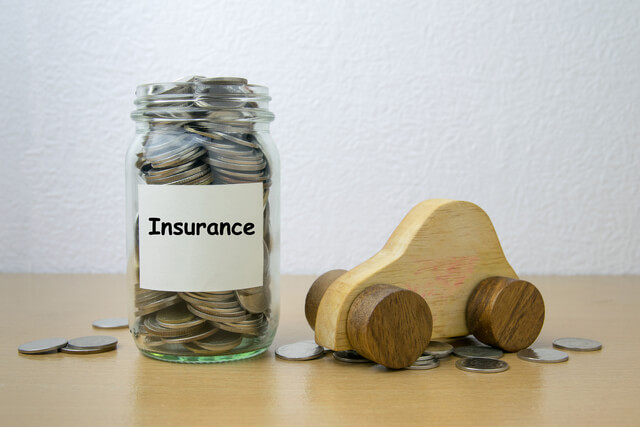
5 Things That Make You Look Riskier to Insurers (Even If You’re a Good Driver)

by Erin Anderson
Even if you’ve got a clean driving record, there may be a few things on your profile that make car insurance companies raise an eyebrow — and your rates. Insurers don’t just look at your past tickets or accidents; they use a broad set of data points to figure out how likely you are to file a claim. And sometimes, things that seem harmless can quietly make you look like a higher risk.
Whether you're shopping for a new policy or wondering why your premium isn’t going down, here are five unexpected factors that could be working against you.
You Don’t Own Your Car Outright
Leasing or financing a vehicle doesn’t automatically label you a bad driver, but it can affect how insurers view your overall risk. Cars that are leased or under loan often require higher levels of coverage, which can lead to a pricier policy. Plus, insurers might factor in the likelihood of more expensive repairs or replacements when a finance company is involved.
If you’re nearing the end of your loan or lease, keep in mind that paying off your car might not only save you interest — it could also help lower your insurance bill.
You’ve Changed Addresses Recently
Even if you’ve just moved across town, a change in ZIP code can make a surprising difference. Insurers use location data to estimate risks like accident frequency, theft rates, vandalism, and even how often severe weather hits. If you’ve moved to an area with more claims, your rates might go up — regardless of how carefully you drive.
It’s worth checking whether your new area qualifies you for different discounts or coverage bundles. A quick quote comparison can help you spot potential savings.
You Don’t Drive Much — or You Drive a Lot
Yes, mileage matters. But it cuts both ways. If you rarely use your car, insurers may assume it sits outside more often (increasing risk of theft or weather damage). On the flip side, high annual mileage can make you look like a bigger liability due to greater exposure on the road.
If your driving habits have changed recently — maybe you started working from home or picked up a long commute — updating your estimated mileage could unlock discounts or steer you toward a more accurate rate.
You’ve Had Lapses in Coverage
Even if you weren’t driving during that time, a break in coverage can make insurers nervous. Gaps signal instability and could suggest that you’re more likely to file a claim or miss future payments. Some companies even treat a short lapse the same way they’d treat a major traffic violation — with a steep premium bump.
Planning to switch providers? Make sure the new policy starts the day your old one ends to avoid an unintentional gap.
Your Car Is Considered High-Risk
Sometimes, the risk isn’t you — it’s your car. Sports cars, luxury vehicles, and even some popular SUVs can carry higher insurance rates simply because they’re more expensive to repair, easier to steal, or statistically involved in more claims. Even color can be a (very minor) factor, but the vehicle’s model, make, and safety features matter most.
Before you buy or upgrade, take a few minutes to run an insurance quote comparison on that specific car. You might be surprised which models come with hidden costs.
The Bottom Line
Even if you’re a safe, responsible driver, certain details in your driving profile or vehicle history can make you look riskier to insurers — and that can quietly drive up your rates. Things like mileage, location, lapses in coverage, and even the type of car you drive all factor in, whether or not you've ever had an accident.
And while you’re thinking about ways to lower your risk in the eyes of insurers, this is also a smart time to check in on your policy. If your situation has changed — or if it’s been a while since you last compared rates — you might find that a quick quote check reveals new opportunities to save, especially if your current coverage no longer matches your needs.